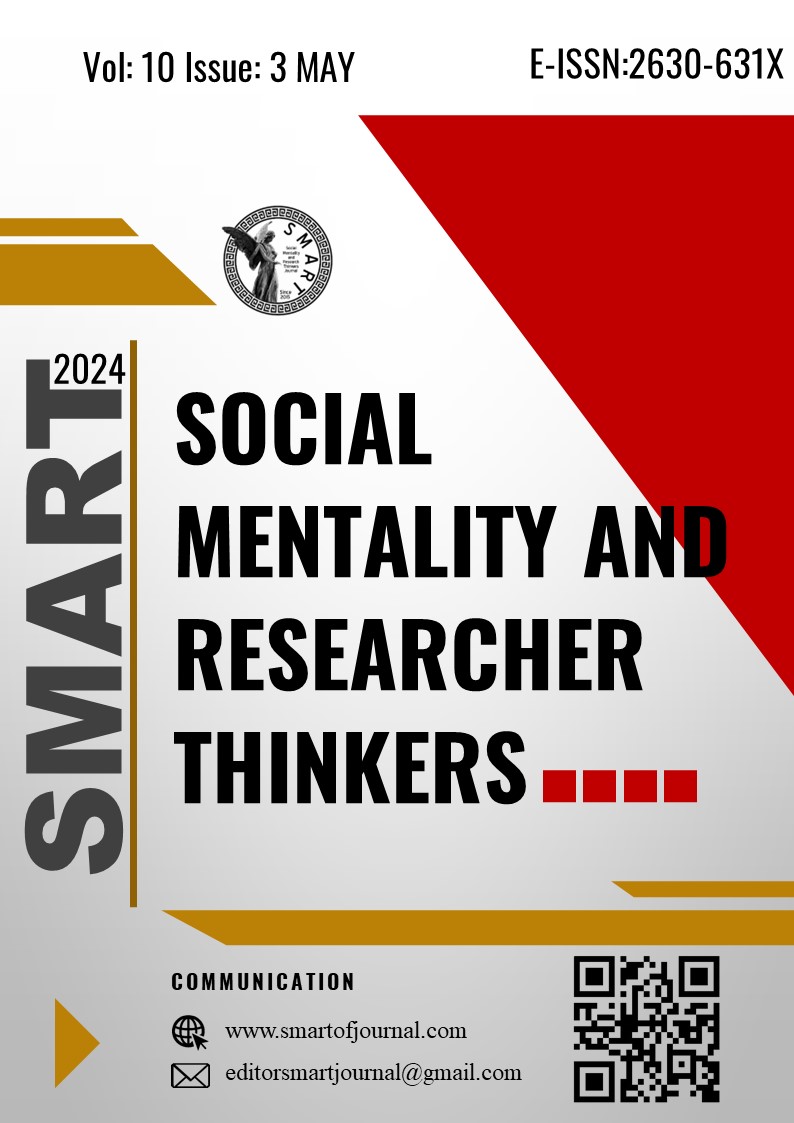Kontrbasta Arşe Kullanım Bölgesine Göre Uygulanan Genişletilmiş İcra Tekniklerinin Rebecca Saunders’ın Fury Eseri Çerçevesinde İncelenmesi
Author :
Abstract
Tını, perde (pitch) veya sesin şiddetinden (volume) bağımsız olarak sesin ayırt edici işitsel niteliğidir. 20. Yüzyılın ikinci yarısından günümüze kontrbas repertuarı incelendiğinde, diğer çalgılarda olduğu gibi kontrbasta da farklı tınılar elde edebilmek için genişletilmiş icra tekniklerinin sıklıkla kullanıldığı ve bu teknikleri içeren eserlerin sayıca arttığı görülmektedir. Bu çalışmada; arşe kullanım bölgesine göre uygulanan genişletilmiş icra tekniklerinin işitsel nitelikleri ve performans uygulamaları ortaya konarak, İngiliz besteci Rebacca Saunders’ın (1967) 2005 yılında yayımladığı “Fury” başlıklı solo kontrbas eserinde bu teknikleri kullanımı ve bu tekniklerin kompozisyona yansılarının analiz edilmesi amaçlanmıştır. Besteci ile yapılan görüşme ile kontrbasta genişletilmiş icra teknikleri kullanımı ve bu tekniklerin bestecinin kompozisyon anlayışındaki yeri hakkındaki bilgi, deneyim ve görüşleri ortaya konmuştur. Araştırmada elde edilen veriler nitel araştırma yöntemlerinden betimleme yoluyla sunulmuştur.
Besteci eserde arşe kullanım bölgesine göre uygulanan genişletilmiş icra tekniklerinden “Sul Tasto”, “Sul Ponticello”, “Sub Ponticello” ve “Flautando” tekniklerini kullanmış ve yaptığı ek açıklamalarla bu teknikleri detaylandırmıştır. Bestecinin kullandığı bu teknikler ile elde edilen tını zenginliğini yakalayabilmek ve ifade edebilmek için kontrbas icracısının yoğun ve detaylı bir teknik çalışma yapmasının gerektiği görülmektedir. Genişletilmiş icra tekniklerinin, besteci tarafından nasıl ve ne şekilde kullanıldığının saptanması ve açıklanmasıyla, kontrbas icracıları bu tekniklerle ilgili daha detaylı bilgi sahibi olabilecektir.
Keywords
Abstract
Timbre is the distinctive aural quality of sound, independent of pitch or volume. From the second half of the 20th Century to the present when the double bass repertoire is analysed, it is seen that extended performance techniques are frequently used to obtain different timbres on the double bass, as in other instruments and the number of works containing these techniques has increased. In this study; it was aimed to reveal the aural qualities and performance applications of extended performance techniques applied according to the area of use of the bow and to analyse the use of these techniques in the solo double bass piece "Fury" published by the British composer Rebecca Saunders (1967) in 2005 and to analyse the reflections of these techniques on the composition. Through an interview with the composer, the composer's knowledge, experience and opinions about the use of extended performance techniques on double bass and the place of these techniques in the composer's understanding of composition were revealed. The data obtained in the study were presented through description, one of the qualitative research methods.
In the piece, the composer used "Sul Tasto", "Sul Ponticello", "Sub Ponticello" and "Flautando" techniques, which are among the extended performance techniques applied according to the region of bow usage, and detailed these techniques with additional explanations. In order to be able to capture and express the richness of timbre obtained with these techniques used by the composer, it is seen that the double bass player needs to make an intensive and detailed technical study. By determining and explaining how and in what way the composer used the extended performance techniques, double bass players will be able to have more detailed information about these techniques.





